Climate Disasters: 19m children face risks in Bangladesh
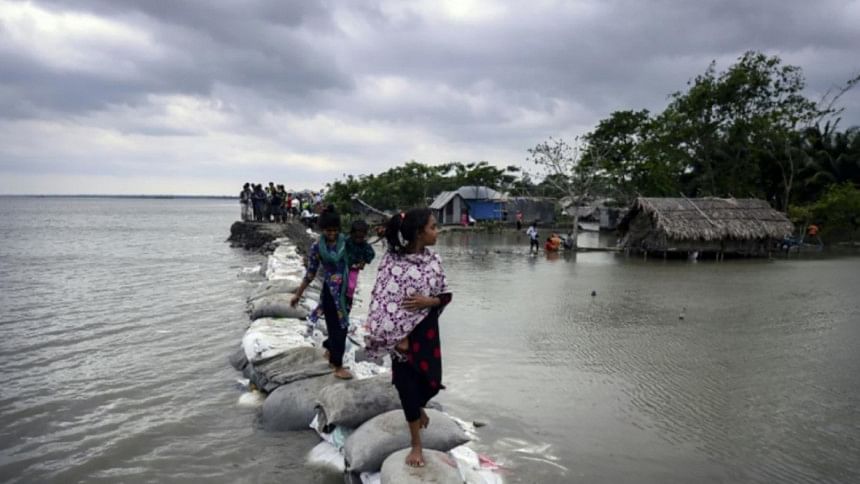
Over 19 million children across Bangladesh -- a quarter of them under 5 -- bear the brunt of climate change disasters, according to a Unicef report which says the climate crisis threatens child nutrition in the country.
The report also said natural disasters, including floods and riverbank erosion, are driving families to city slums, where they face overcrowding and a lack of access to healthy food, education, health services, sanitation and safe water.
In slums, children must often fend for themselves and are at greater risks of malnutrition, child labour, child marriage and exposure to pollution, violence and abuse, according to the South Asia section of the global report.
The report, titled “The State of World’s Children-2019 -- Children, food and nutrition: Growing well in a changing world”, was launched a week ago and has been uploaded to the Unicef website.
The Unicef’s flagship report examines issues related to children, food and nutrition, providing a fresh perspective on a rapidly evolving challenge.
The report said despite progress in the past two decades, one-third of children under age 5 are malnourished -- stunted, wasted or overweight -- while two-thirds are at risk of malnutrition and hunger because of the poor quality of their diets.
The report was prepared based on data from “Multiple Indicator Cluster Survey-2014,” says Unicef Bangladesh, adding that the next report is due next month.
“The latest report of the country’s multiple indicator cluster survey is due next month and it will provide the updated situation of children nutrition.”
The report said a total of 58.7 million children under 5 were stunted and almost 25.9 million were wasted in South Asia. Now, more children and young people are surviving, but far too few are thriving, it said.
Extreme climatic events such as drought and flash floods cause severe agricultural losses, it said.
In a country like Bangladesh where 60 percent of the population counts on agriculture for their livelihood, this means children from the poorest families are most likely to go hungry, said the report.
The reduced production also leads to an increase in food prices, hitting the poorest families the hardest. Besides, a rise in communicable and non-communicable diseases linked to changing climate conditions and unplanned urbanisation also threatens children and their families, Unicef said in the report.
These diseases include diarrhoea, hepatitis A, cholera, dysentery, typhoid, dengue and chikungunya fever.
The report mentions the story of Ruma, a woman living in the Chalantika slum in the capital Dhaka along with her husband and two children Sunjida, 3, and Shahaun, 9. They moved to the city after their home was repeatedly flooded by the Meghna river.
“At least we can stand on dry ground here even if we struggle with the cost of living,” the report quoted Ruma as saying.
“My husband earns about Tk 7,000 a month. By the time we’ve paid our rent and bought our groceries there is very little left over. But at least we’re able to earn here, which we often weren’t able to do when we lived in the countryside.”
Ruma shares a small kitchen -- a few planks of wood atop bamboo poles set in a swamp -- with at least 10 other families.
Her family eats rice and lentils most days, she says, and can occasionally afford meat or fish. Her son, Shahaun, is showing signs of malnourishment.
In addition to the arduous challenge of trying to provide her family with healthy food, Ruma describes an unhealthy environment with no access to safe water, basic toilets or adequate hygiene.
Electricity in the slum is irregular, and rodents and insects in their single room “make our lives an absolute misery,” the report says while depicting the sorry state of their living conditions.
The report blames the flooding that forced the family to move to the city on climate change.

 For all latest news, follow The Daily Star's Google News channel.
For all latest news, follow The Daily Star's Google News channel. 


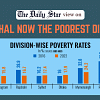
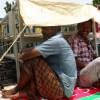
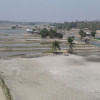
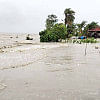


Comments